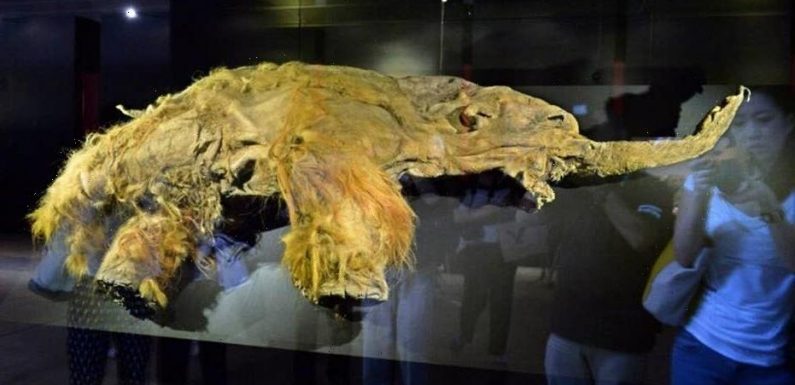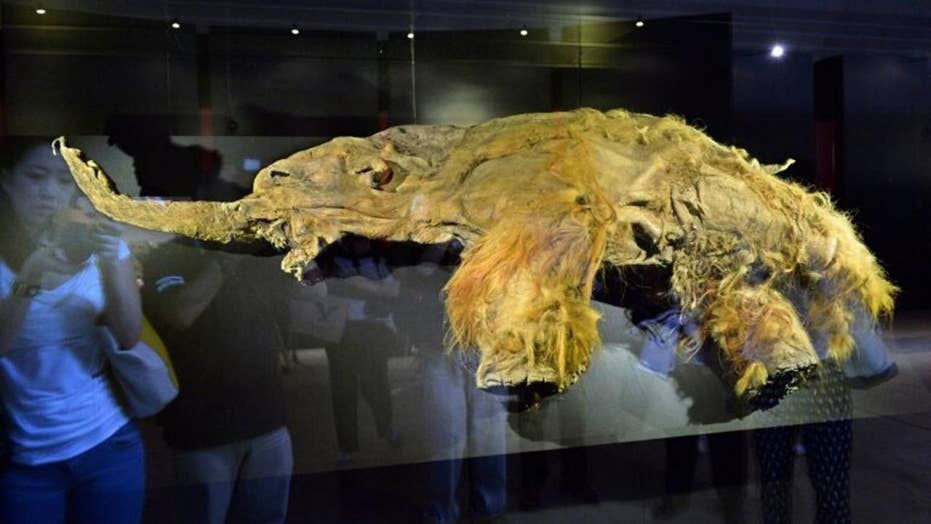
Woolly mammoth cells brought back to life in shocking scientific achievement
Cells from a woolly mammoth that died 28,000 years ago have begun to show ‘signs of biological [activity]’ after they were implanted in mouse cells.
A new biotechnology company is aiming to genetically resurrect the woolly mammoth by 2027.
Colossal, which launched on Monday, has received $15 million in initial funding for the project.
“This process will slow the long-term impacts of human induced loss of biodiversity and give threatened species a buffer against outright extinction as numbers dwindle,” the site read.
“The results from our lab will directly address issues related to loss in biodiversity and overall species counts resulting from the human-accelerated degradation of land, sea and air. Ultimately, the aim is to reverse this damage by reintroducing critical animal and plant species that played active roles in the preservation of some of Earth’s most climate-beneficial ecosystems. Many of which have all but vanished entirely today,” Colossal added.
“A CRISPR-Cas9 complex will use a single guide RNA from CRISPR to guide and recognize a specific sequence of DNA, where the Cas9 molecule will cleave those strands that are complementary to the CRISPR sequence. This allows for the reinsertion of the laboratory engineered DNA … Ultimately, giving us the ability to insert cold-resistant characteristics into elephant DNA – leading to the de-extinction of the woolly mammoth,” Colossal continued.
“Therefore bringing the woolly mammoth back is not just a theory. It is a science that has been developed and mastered by George Church, Ph.D. and his lab,” it said. “With a 99.6% genetic match in the Asian elephant, intact mammoth DNA, and modern genetic engineering, the task is well underway.”
Colossal was co-founded by Church, a biologist at Harvard Medical School, and tech entrepreneur Ben Lamm.
“Never before has humanity been able to harness the power of this technology to rebuild ecosystems, heal our Earth and preserve its future through the repopulation of extinct animals,” Lamm said in a statement. “In addition to bringing back ancient extinct species like the woolly mammoth, we will be able to leverage our technologies to help preserve critically endangered species that are on the verge of extinction and restore animals where humankind had a hand in their demise.”
“It’s not just about having them exist, but making sure that once they do exist that they can thrive and live a flourishing life,” says S. Matthew Liao, the New York University bioethicist on Colossal’s scientific advisory board, told National Geographic. “Otherwise, you’re being cruel to these animals.”
Source: Read Full Article
